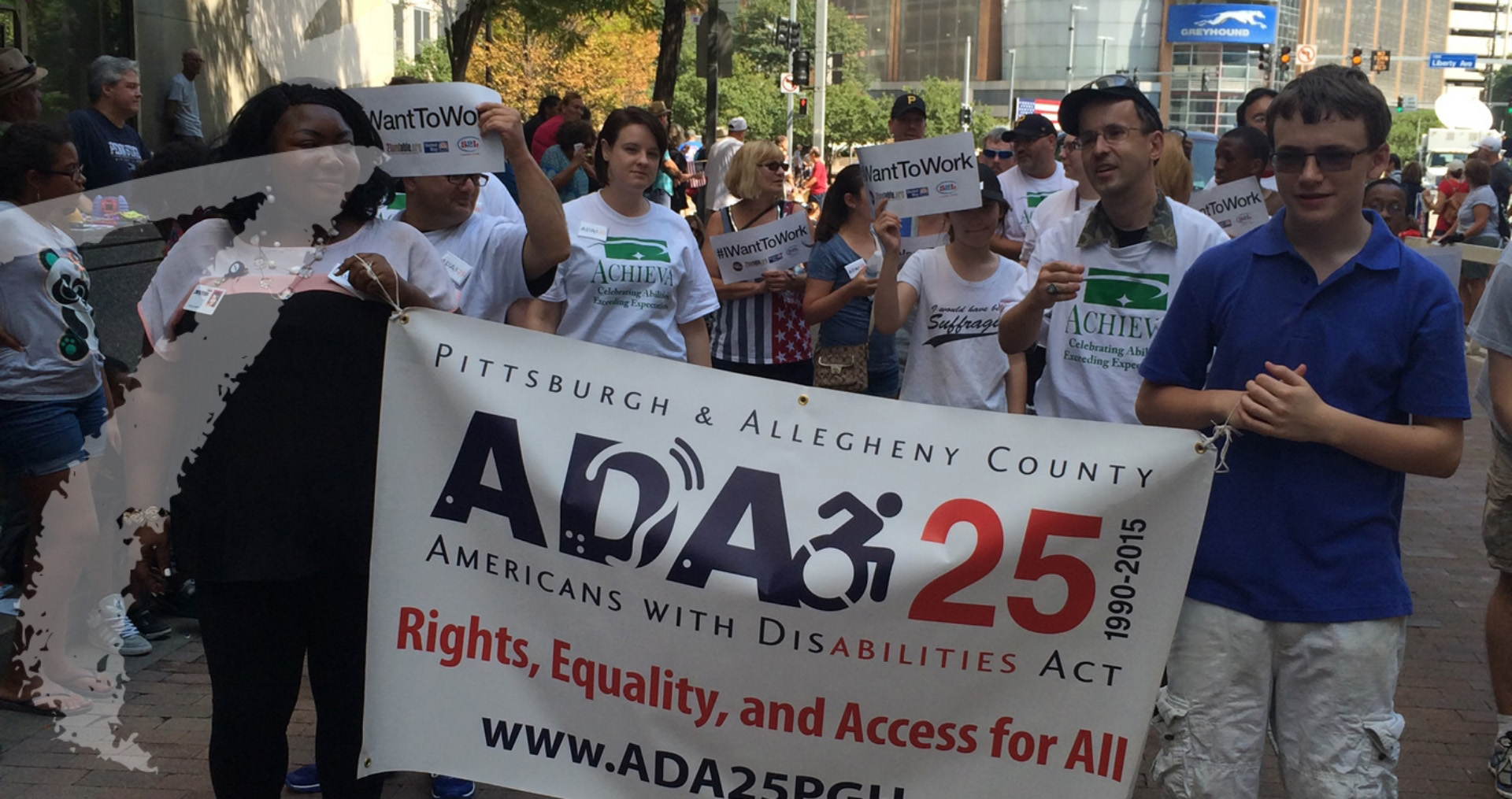Our “most livable city” is known for both world class healthcare and for persistent race-based health disparities, including survival rates for breast cancer. In Western Pennsylvania, Black women are almost twice as likely to die of breast cancer than white women.[1] In September, I heard a presentation by Dr. Peg Rosenzweig, a breast cancer researcher and nurse practitioner at the University of Pittsburgh. I’ve thought about her findings every day since.
Access is not the problem, which surprised me. Women of all races in our city have access to diagnosis and treatment coverage through the Pennsylvania Breast & Cervical Cancer Early Detection Program (PA-BCCEDP). It is the rates of completing the recommended course of therapy that is different for white and Black women. The question is, why?
If a recommendation is made to receive chemotherapy, most women of all races will follow through with that recommendation. Most women find chemo to be grueling; the side effects can be very difficult and tend to get worse over time. But Black women are less likely than white women to receive the full course of treatment; they tend to have more dose reductions and have chemo stopped early as result of chemotherapy toxicity.
Is this difference purely a biological difference in tolerating treatment? Dr. Rosenzweig believes that at least part of the treatment inequity relates to the interactions between Black women and their providers, who are mostly white, as they communicate about symptoms and treatment decisions.
This hypothesis was developed in 2014, when her team undertook a randomized control trial to see if a short educational intervention would encourage more Black women to undertake chemotherapy.[2] On the advice of their community advisory committee, they hired Black professionals to staff the research and manage the interactions with the participants (explaining the study, enrolling them, administering the intervention, and meeting to track treatment outcomes). It was difficult to say whether the intervention was effective, because nearly all the Black women participants (97%+) of both the intervention and control group initiated and followed through with chemotherapy. The study concluded that the qualities of the research staff (e.g. warmth, positive regard, competence), qualities of the participant-interventionist relationship, and the bond that formed between patient and staff member, may affect the participant’s behavior during the study. These staff-patient relationship characteristics may be particularly relevant when exploring cultural differences in communication and race-based disparities in treatment for breast cancer. These factors may impact a patient’s decision about whether to continue with difficult treatment.
In a more recent research study[3], Dr. Rosenzweig received permission from a small, matched group of women and their providers to record their medical appointments during chemotherapy. White women’s appointments often started with small talk. “How is your day?” “How did your daughter’s school play go?” “Crazy weather, isn’t it?” Black women had fewer instances of chit-chat from their doctors and nurses. Their appointments tended to be all-business. On the surface this may seem inconsequential, but it’s not. This type of informal banter is a signal of comfort, of ease in communication. We make conversation to show that we see someone and acknowledge them as a person, even when our interactions are brief. And when others reach out to us this way, it breaks the ice and opens the door to human connection. Black women don’t get much of this personal acknowledgement and connection from their predominantly white health care providers, so the interactions remain focused on the treatment and symptoms.
“After all these years of research, we know how much chemo is effective. Treatment guidelines are set for a reason,” Dr. Rosenzweig remarked to me. This is the bottom line I took away: Any factor that impedes the likelihood that a group of women will be less likely to tolerate the full dose of therapy can impact the outcome. Our healthcare system has a responsibility to ensure equal treatment for all patients – that involves really understanding and helping women manage the side effects of treatment. The communication differences that emerged during her research are not malicious, they probably stem from a sense of discomfort, reflecting how segregated our society is. But when white providers fail to establish rapport and open communication with Black patients, it comprises their ability to engage in nuanced conversations that are essential to patient-centered care.
++++
NOTE: Dr. Rosenzweig has a current, large ongoing study comparing Black and white women as they undergo chemo – measuring symptoms, reporting of symptoms and the clinical staff’s response to the symptoms. Understanding racial differences in symptoms and in the response to symptoms will help to develop clinical awareness and best practice guidelines. It will take several years before the results are available.
++++
[1] Breast cancer mortality overall in the US is 20.6/100,000, 29.0/100,000 women for black women. In Western Pennsylvania the mortality rates for white women is 20.8/100,000 yet much higher at 36.3/100,000 for black women.
[2] Gallups, S. F., Connolly, M., Simon, J., & Rosenzweig, M. Q. (2016). Quantifying the Relational Dimensions of Study Staff in a Randomized Controlled Trial Among African American Women Recommended to Receive Breast Cancer Chemotherapy. Journal of Oncology Navigation & Survivorship, 7(11).
[3] Robertson-Jones, T. A., Tissue, M. M., Connolly, M., Gallups, S. F., Bender, C. M., & Rosenzweig, M. Q. (2019). Exploring racial differences in patient centeredness of care (PCC) during breast cancer (BC) chemotherapy clinical visits. Journal of racial and ethnic health disparities, 6(1), 94-100.

Black women in Pittsburgh die of breast cancer twice as often as white women. Why?
Back to News
